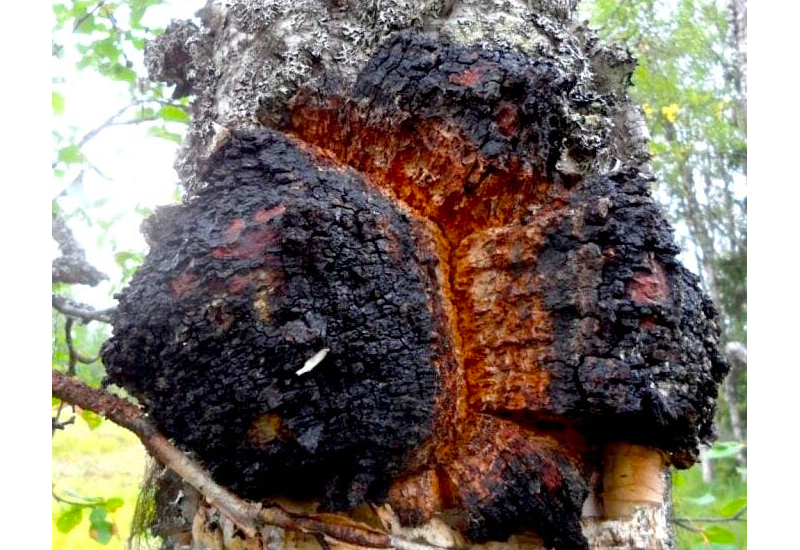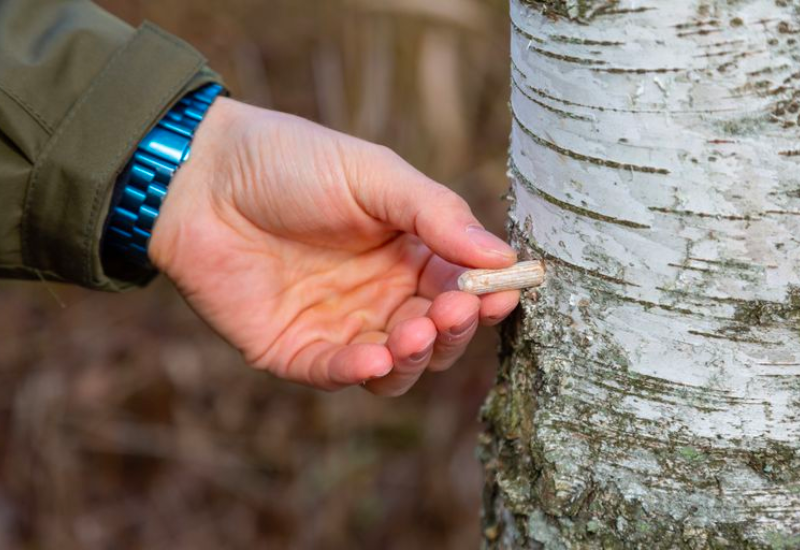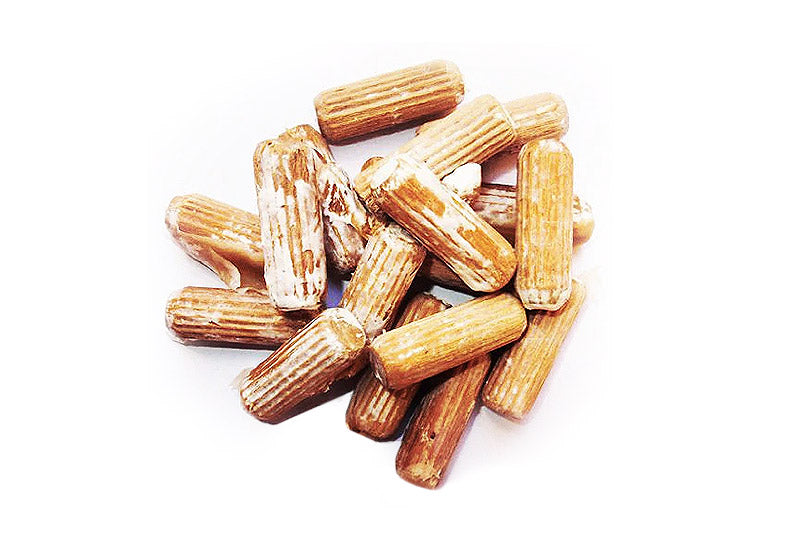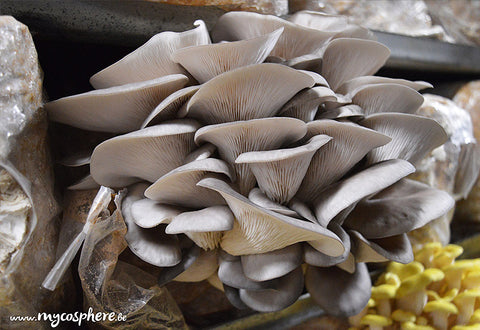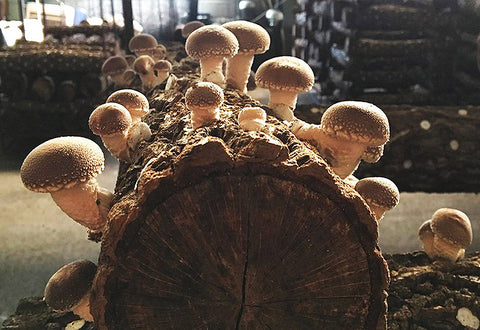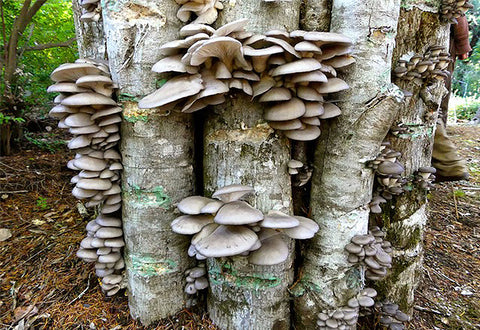Chaga - Mycelium on organic wood dowels
- 🍄 MYCELIUM ON ANKLES - CHAGA: Inonotus obliquus, a medicinal mushroom known for its health benefits, ideal for inoculating living trees.
- 🌱 EASY CULTURE : Simple inoculation with wooden dowels, requiring a drill and a suitable wood bit .
- 🌳 PREFERENCE FOR BIRCHES: Choose birches aged 15 to 20 years, with a minimum diameter of 20 cm. We recommend 50 dowels per tree.
- 💪 HEALTH BENEFITS: Chaga is known for its antioxidant properties and support for the immune system.
- 🌍 ORGANIC PRODUCTION: Certified “BE-BIO-01”, grown without pesticides or GMOs, respectful of the environment.
-
2-3 weeks. If we have it in stock we send it within the week. Consult all our deadlines
Inonotus obliquus
Description of Chaga
Chaga, a fungus that naturally grows in cold climates, develops by parasitizing birches, often following a tree injury. Its visible growth on the outside of the tree can take several years. Chaga usually appears as a black, irregular mass on the bark of birches.
Tree Selection
It is crucial to choose mature trees for chaga development, as this fungus feeds on the tree's nutrients. A young or small birch could be severely weakened by the presence of chaga. Older and larger trees often have more developed immune defenses, which can promote a healthier balance between the fungus and the tree, allowing chaga to develop without killing the host tree too quickly. Prefer birches aged 15 to 20 years, with a minimum diameter of 20 cm.
Cultivation and Harvest
Intentional cultivation of chaga remains experimental and is not guaranteed. Sustainable forest management and responsible harvesting practices should always be prioritized to maintain the health of forest ecosystems.
For more information, consult our guide: Log Cultivation.
How to inoculate substrates with chaga mycelium?
The optimal periods to inoculate substrates are autumn, winter, and early spring, before the sap rises.
Necessary equipment
- Mycelium on dowels: For a length of 1 m, multiply the diameter of a log by 2.5. Example: a log 1 m long and 20 cm wide requires 20 x 2.5 = 50 dowels.
- Drill and 8-9 mm bit
- Hammer
- Optional : vegetable wax, beeswax, paraffin, or green clay to cover the holes.
Instructions
- Wash your hands before touching the mycelium to maximize the chances of success.
- Make holes in your birch trunk. The holes should be slightly deeper than the height of the plugs and spaced about 10 cm apart. A 1 m long log requires about 50 plugs.
- Insert the plugs into the holes using a hammer. The plugs should not protrude from the hole.
- Cover the plugs with wax to protect the mycelium from insects, diseases, and drying out. Alternatively, you can also use paraffin, cheese wax, or green clay.

Notes
The optimal periods to inoculate the logs are autumn, winter, and early spring, before the sap rises.
The main enemy of this cultivation is drought: cover the logs with a tarp or a veil if necessary to maintain the moisture of the logs, especially during incubation.
We prepare our bags by weight, so there may be slight variations compared to the indicated number.
We inoculate the plugs with a mixture of grains and wood shavings. It is therefore normal to have some sawdust mixed with the plugs. This remaining sawdust can also be used as inoculum.
Our quality commitment:
We produce our myceliums under laboratory conditions, which guarantees purity of strains and optimal quality.
We produce our mycelium in a 100% organic way and all our products are certified "BE-BIO-01, Agriculture Belgium" by CERTISYS.


